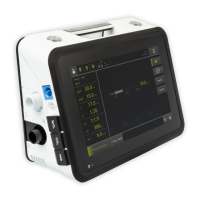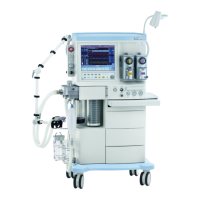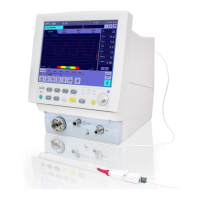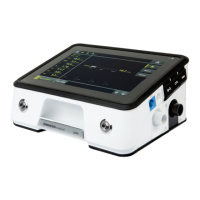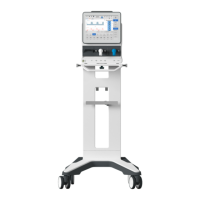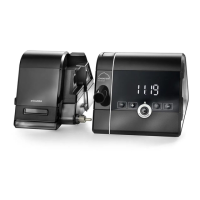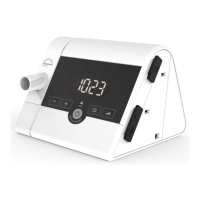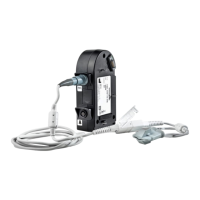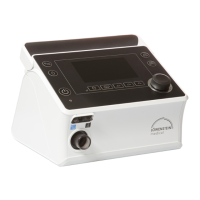What to do if Lowenstein Medical Fan is not reaching set therapy pressure?
- RRachel HernandezJul 25, 2025
If your Lowenstein Medical Fan isn't reaching the set therapy pressure, several factors could be at play. First, examine the coarse dust filter and clean it; replace it if necessary. Second, make sure your mask isn't leaking by adjusting it. If the mask is defective, replace it. Third, check the breathing circuit for any leaks and fix them; replace the circuit if needed. If none of these steps work, the device itself might be defective, and you should contact your specialist dealer.
